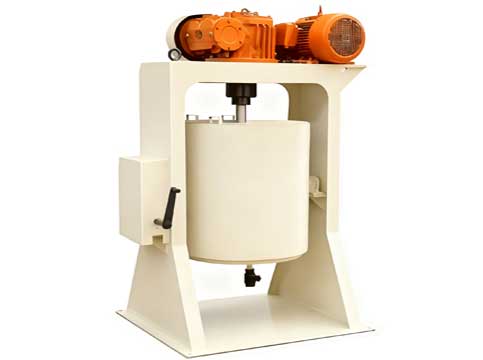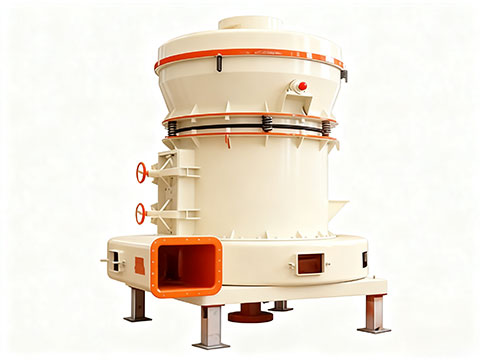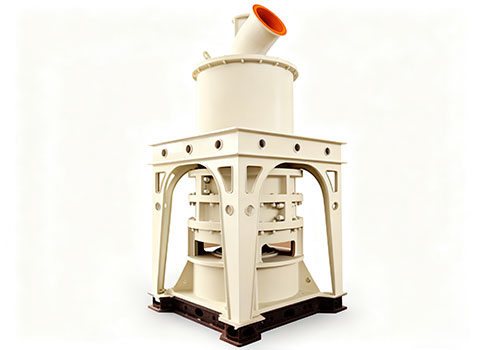
Stirred Ball Mill (also known as Vertical Spiral Stirred Ball Mill or a Attrition Ball Mill) is an industrial equipment specifically designed for wet or dry ultrafine grinding of fine-grained minerals.
Stirred ball mill is primarily used in the fields of metal ores (such as gold, silver, and copper ores) and non-metal ores (such as calcium carbonate, kaolin). Stirred ball mill’s core function is to crush materials with a hardness of 2-10 to below 1 micron, making it suitable for large-scale production in industries such as chemicals, ceramics, metallurgy, new materials, and coatings.
Stirred ball mill consists of several main components: feeding unit, discharging unit, rotating unit, and transmission unit(including a reducer, pinion, and motor). The hollow shaft is made of cast steel with replaceable liners, while the rotating large gear is a cast steel component processed by gear rolling. The cylinder is lined with wear-resistant liners, ensuring excellent durability.
Stirred ball mill’s cylinder is vertically positioned, and the grinding medium is agitated by a stirring mechanism. When working, the material to be ground and the grinding medium are placed together in a stationary grinding tank with a jacket for grinding. The grinding media typically have diameters ranging from 3-10 mm, with common types including carbon steel, stainless steel, chromium steel, cemented carbide, ceramic, or zirconia.
Stirred ball mill features a compact structure and relatively low energy consumption.
Compared to horizontal ball mills, the vertical design occupies less floor space, making it suitable for space-constrained environments.
Stirred ball mills are widely used for wet grinding and perform well when processing sticky materials.
Notice: There is a chance that LDHB may make changes on above-mentioned information. Product pictures and parameters about models, data, performances and specifications on this website are for reference only.



